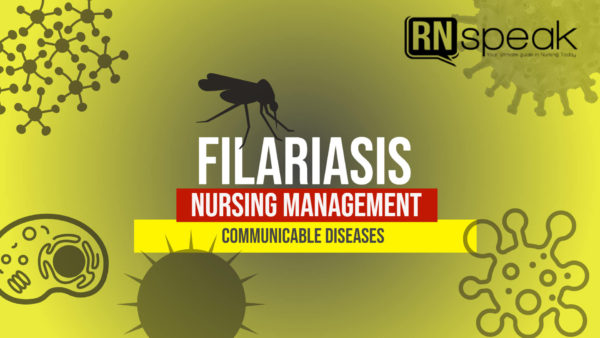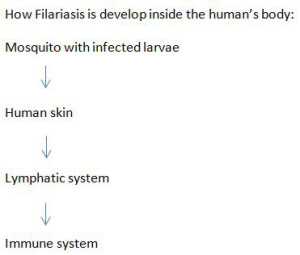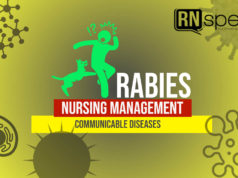One of the most major concerns in the community nowadays is the arising prevalence of a parasitic disease known as Filariasis. Thousands of Filipinos were already affected by this perilous disease and since then, its occurrence has already been considered a health-threatening one.
What is Filariasis?
Filariasis or sometimes known as filariae is an infectious tropical disease that is most likely associated by microscopic worms known as Wuchereria bancrofti, Brugia malayi, and Brugia timori. Although this condition is not really a life-threatening disease, it can permanently damage and dysfunction a person’s lymphatic system. It is widely considered as a major cause of disability and deformity in people who are living in endemic areas.
Classifications of Filariasis
Filariasis is classified depending on the area of the body which the worms mainly affect. Its classifications include:
1.Lymphatic Filariasis
- affects the lymphatic system
- can result to a more serious complication such as enlargement of body parts
- can cause pain and permanent disability
2.Subcutaneous Filariasis
- Affects the subcutaneous area of the skin
3.Serous Cavity Filariasis
- Affects the abdomen’s serious cavity
Signs and Symptoms
People who are affected by Filariasis generally do not experience any external symptoms during the earlier stages. This may mean that they do not recognize that they are already having it. However, as this condition lasts for over several months and years, affected people will start to experience characteristic signs and symptoms which include the following:
- Fever that lasts for days
- Lymphoedema or tissue swelling
- Elephantiasis or thickening of the body’s tissues
- Scarring
Diagnostic Tests
1. Circulating filarial antigen (CFA)
This diagnostic examination determines the presence of W. bancrofti that is released by infected mosquitos. It can be performed any time of the day.
2. Polymerase chain reaction (PCR)
This diagnostic exam detects whether the body is already infected by Filariasis. This test is not usually available in the market.
3. Blood smears
This test can also be helpful in identifying roundworms and any infection that takes place inside the body. It can be conducted during selected times of the day, particularly during at night since roundworms are nocturnal.
4. Antifilarial body tests
This diagnostic exam determines the rise of IgG levels and IgG4. Although this test is essential in determining Filarial entry, it cannot detect the presence of infection and past infections.
5. Ultrasound and Lymphoscintigraphic techniques
These tests distinguish any presence of worm in the lymphatic system.
6. Skin test
This test can also determine the presence of filarial infection. Clients who undergo this test may experience pain since medical professionals will use a tiny razor blade to cut a small portion of the skin.
Treatment
- Ivermectine – drug of choice for W. bancrofti
- Doxycycline – used to reduce tissue swelling
- Suramin –effective against adult roundworms
- Diethylcarbamazine (DEC) – treatment for W. bancrofti
- Albendazole and Flubendazole – eliminate roundworms easily
Nursing Management
- Monitor the client’s vital signs, particularly the temperature.
- Assess skin color and integrity. Note for wounds, bleeding, or any skin changes.
- Assess for any discomfort and pain.
- Provide wound care.
- Elevate affected body area to reduce swelling.
- Administer medications if ordered and discuss them to the client.
- Provide support to perform basic activities.
- Encourage a range of motion and simple exercises of the affected extremities to stimulate lymphatic flow.
- Recognize the client’s self-esteem needs.
- Provide health teaching and information for continuity of care.
Prevention
Filariasis can be prevented through the following ways:
- Using sleep-wear mosquito lens
- Mosquito sprays
- Eliminating mosquito breeding areas










[…] http://rnspeak.com/community-health-nursing/filariasis-nursing-management/ […]